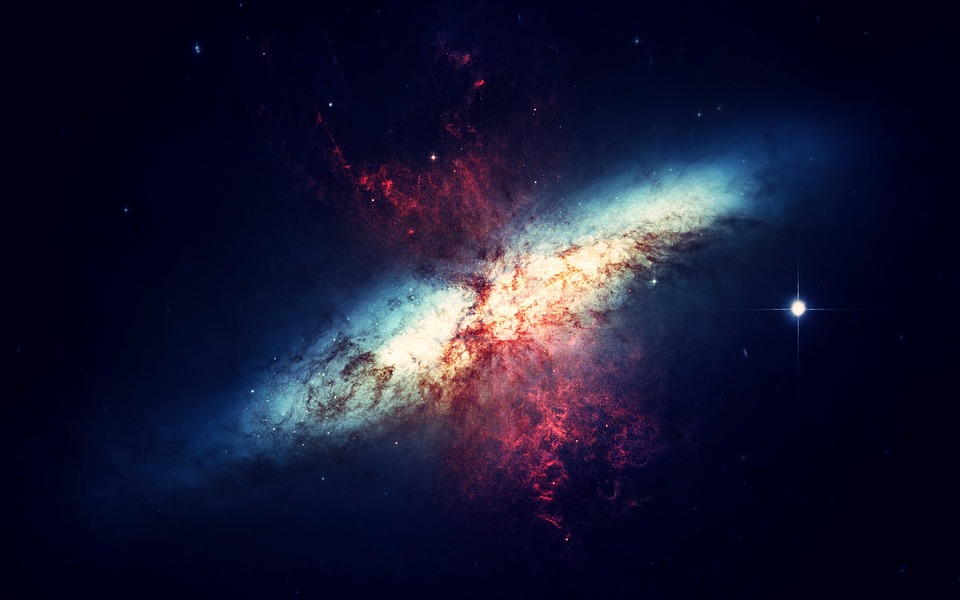The Keck Cosmic Web Image: Shedding Light on the Universe's Dark Side
Since the dawn of human civilization, we have gazed up at the stars in wonder and amazement. With advancements in technology and the expansion of our scientific knowledge, we have been able to peel back the layers of mystery surrounding the universe and reveal its intricate complexities. One of the most fascinating and enigmatic structures in the cosmos is the cosmic web, and the Keck Cosmic Web Image is helping us better understand this mysterious entity.
The cosmic web is a vast network of gas, dust, and dark matter that stretches across the entire universe. It is the underlying structure upon which galaxies and galaxy clusters are built, and it is crucial to our understanding of the evolution of the universe. However, because it is made up mostly of dark matter and gas, which are difficult to observe directly, it has remained a subject of much speculation and debate among astronomers.
 |
| The Keck Cosmic Web Image: Shedding Light on the Universe's Dark Side |
The Keck Cosmic Web Image is a groundbreaking visualization of the cosmic web created using data gathered from the Keck Observatory in Hawaii. The image was created by a team of astronomers led by Matthew Hayes of the University of Toulouse in France, and it is one of the most detailed and comprehensive maps of the cosmic web ever created.
The image itself is a breathtaking visual representation of the cosmic web, showing a complex and intricate network of filaments and knots stretching across the universe. The colors in the image correspond to different elements in the cosmic web, with blue representing young stars and yellow representing older stars. The red coloration in the image indicates the presence of hydrogen gas, which is a key component of the cosmic web.
One of the most striking features of the Keck Cosmic Web Image is the sheer scale of the cosmic web. The filaments and knots that make up the web are hundreds of millions of light-years long, and they connect clusters of galaxies separated by vast distances. The image also reveals the complex interplay between the cosmic web and the galaxies that are embedded within it. Galaxies are shown to be concentrated at the intersections of the filaments, where the gas and dark matter density is highest.
The Keck Cosmic Web Image is not only a stunning visual representation of the cosmic web, but it is also a valuable tool for astronomers looking to study this enigmatic structure. By analyzing the image, astronomers can learn more about the distribution of matter in the universe, including the elusive dark matter. Dark matter is thought to make up around 85% of the matter in the universe, but it cannot be directly observed, making it one of the most significant mysteries in astrophysics.
The Keck Cosmic Web Image is also shedding light on the evolution of the universe. By studying the cosmic web and the galaxies embedded within it, astronomers can gain insights into how galaxies form and evolve over time. The image shows that galaxies tend to form at the intersections of the cosmic web, where the gas and dark matter density is highest. Over time, these galaxies merge and grow, eventually forming the massive galaxy clusters that are seen in the universe today.
The Keck Cosmic Web Image has also helped to confirm the prevailing theory of cosmic structure formation, known as the Lambda Cold Dark Matter (LCDM) model. According to this theory, the universe began as a tiny, dense singularity, which then rapidly expanded in an event known as the Big Bang. As the universe expanded, matter began to clump together under the influence of gravity, eventually forming the cosmic web we see today. The Keck Cosmic Web Image provides compelling evidence for this theory, as the filaments and knots of the cosmic web are precisely what the LCDM model predicts.




0 Comments